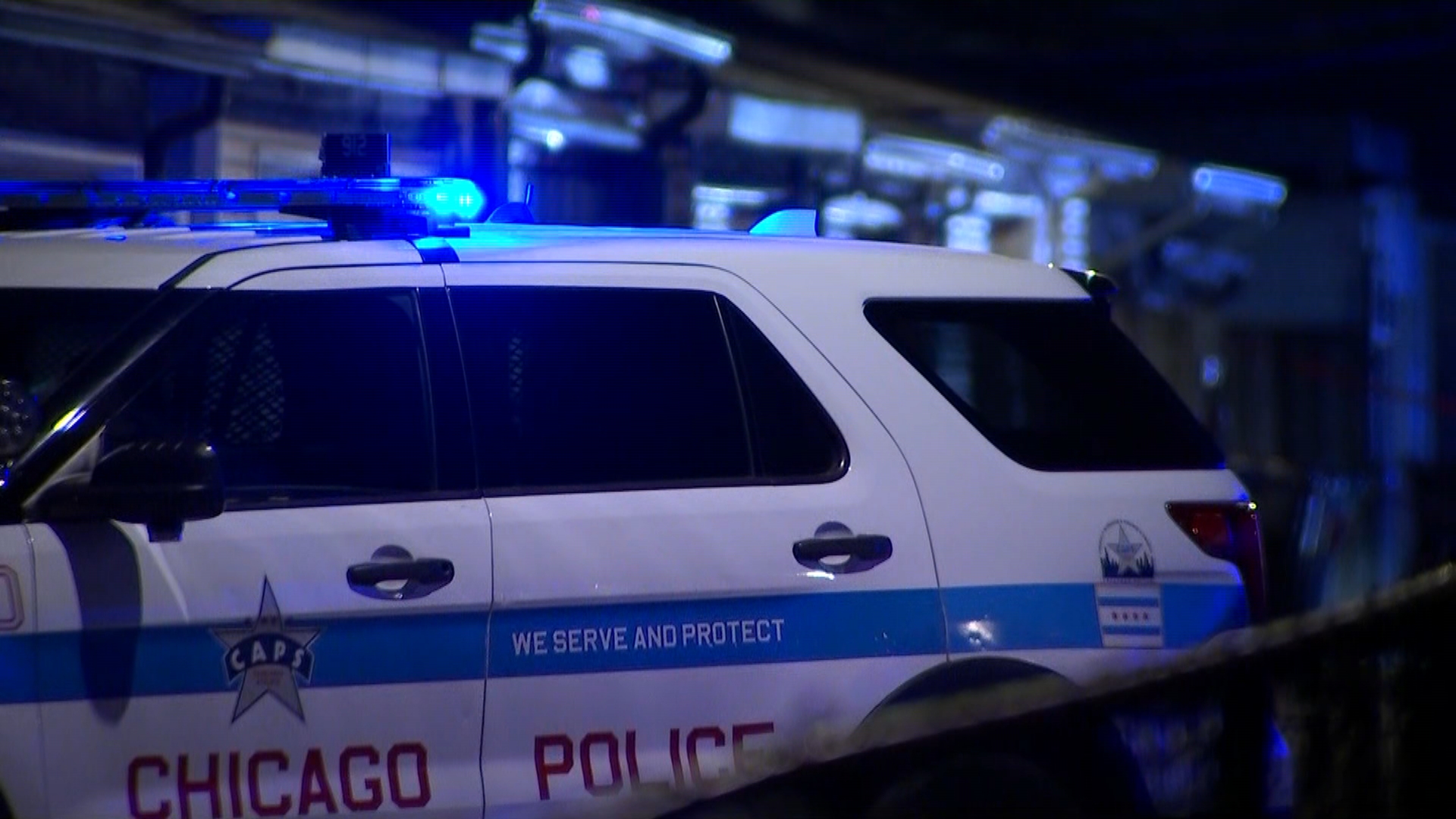At O’Hare airport, Lt. Leonard Edling of the Chicago Fire Department notes one big difference about what he does for a living.
“Our fires arrive at 150 miles an hour,” he observes. “Our number one priority is the passengers and crew on that aircraft.”
The skills of firefighters like Edling and dozens of others at O’Hare were called upon a year ago, when the number two engine of an American Airlines 767 exploded on takeoff, engulfing the right side of the aircraft in burning jet fuel.
“Fuel was just gushing out,” recalls Ass’t. Deputy Commissioner Tim Sampey. “You have a burning aircraft that is loaded with fuel. So the potential for explosion is enormous!”
Firefighting at O’Hare and Midway is a unique calling, with extremely unique equipment. On a recent morning, Edling took NBC5 for a ride in an Oshkosh Striker fire vehicle---a mammoth rig specifically designed to fight fires on burning airplanes.
“We can actually pump and roll with this apparatus up to about 50 miles an hour,” he said, “while we are actually rolling up to the aircraft.”
The truck is enormous --- so big you can stand up in the cab behind the steering wheel with plenty of headroom. An operator inside uses a joystick to fire either a front mounted cannon-type nozzle, or a giant boom, which can deliver hundreds of gallons a minute.
“Fighting an aircraft fire, you’re working in a small confined space with a lot of people in there,” he observes. “It’s like working a fire in a hallway.”
Trucks like the Striker carry 4500 gallons of water, another 620 gallons of fire retardant foam, as well as a chemical known as halatron and 500 lbs of a dry agent called “purple k”.
Jet fuel floats on water. The foam smothers the burning fuel, and cools it at the same time. If need be, the trucks can roll back through their firehouses, re-fill their tanks in minutes, then return to the fire.
Local
“We start by starting at the fuselage of the aircraft and working our way out,” Edling said. “We’re trying to separate the fuel and the fire to create a rescue path.”
In the sprawling Rescue-1 firehouse at midfield, the central feature of a windowed control room is a single red phone---a hotline from the O’Hare control tower. If controllers ring that phone and declare a “crash alert”, all aircraft traffic is stopped on the field to allow the fire crews to get where they need to be.
The goal---the center point of any runway within 3 minutes.
“If all goes well they’re going to most likely have most of the passengers off the aircraft as we’re arriving,” Edling said. That was the case with the American Airlines fire. The flight attendants were so efficient with that evacuation, every passenger was off the plane in less than 2 and a half minutes.
“People were screaming, running away from the fire,” firefighter Bob Gembala recalled. “As they came down from the slides, I just had them come towards me, out of harm’s way.”
The crews train constantly. In O’Hare’s “burn pit”, a giant steel aircraft can be set ablaze with propane, so crews can practice the most effective ways of putting it out. When American 383 erupted in flames, it was a scenario all of the firefighters knew by heart.
“The entire staff out here at O’Hare had just finished this training to the exact letter, with the same incident that just happened with the aircraft engine fire,” observes Kevin Murphy, a live fire training specialist with the Chicago Fire Department. “When our members got out to the scene, we fought it just like we trained the week prior.”
Of course, if all goes well, their expertise is never needed. In fact, one firefighter working flight 383 that day was marking his last official day on the job.
In over three decades with the Chicago Fire Department, it was his very first aircraft fire.



